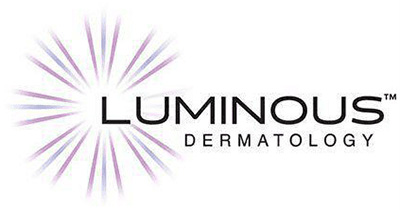Mohs Surgery
What is Mohs surgery?
Mohs surgery (or Mohs micrographic surgery) is a specialized surgical technique used to treat skin cancer while minimizing damage to surrounding tissue so any resulting scarring is significantly reduced. Traditional skin cancer surgery removes tissue well beyond the edges or borders of the cancerous lesion to help ensure all of the cancerous tissue in that area is removed. While removing excess tissue can be helpful in reducing the risk of leaving cancer cells behind, it also results in larger scars. During Mohs surgery, the lesion is excised near the visible borders then immediately evaluated under a microscope in our on-site lab to determine if the borders are free of cancer cells. If cancer cells are present along the border of the lesion, the locations of the cells are precisely mapped and the surgeon removes more tissue in that area, then sends that sample for evaluation. The process continues until all the borders are clear. This technique helps ensure all the cancerous cells in the treatment area are removed while limiting the amount of tissue that’s excised (cut away). Finally, advanced surgical techniques are used to carefully reconstruct the area, paying careful attention to aesthetics and function. In addition to minimizing tissue damage, Mohs surgery also is associated with a very high cure rate for most types of skin cancers.
Is Mohs surgery used for all types of skin cancers?
Mohs surgery typically is reserved for treatment of growths in aesthetically sensitive areas like the face, for tumors that recur or have irregular borders, and for aggressive forms of skin cancer. Prior to any surgery, the patient will be carefully evaluated to determine the best surgical approach to achieve optimal results.
Can all dermatologists perform Mohs surgery?
No, only dermatologists who are fellowship-trained in Mohs surgery can perform the technique.
How long does Mohs surgery take to perform?
Depending on the size and location of the lesion and the extent of its growth, surgery can take from two to six hours, including the time necessary to perform multiple excisions and evaluations when necessary and the time needed to reconstruct the surgical site.

Luminous Dermatology
© 2024 Luminous Dermatology. All Rights Reserved. | Sitemap | Privacy Policy | Notice of Privacy Practices | Terms of Service


